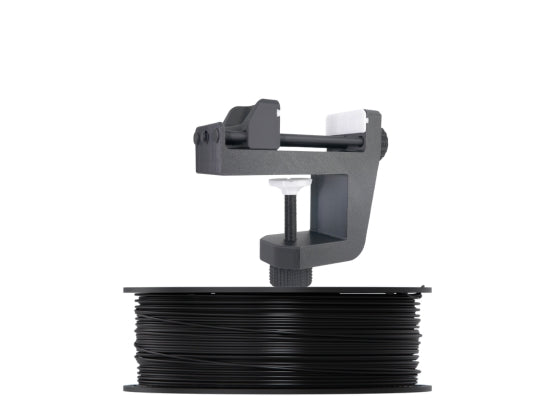Physical architectural models have long been essential for visualizing blueprints, selling projects, and solving construction challenges. Traditionally, these models required labor-intensive craftsmanship using materials like wood and clay, making the process time-consuming and challenging.
However, 3D printing has transformed architectural model-making by merging virtual modeling with tangible objects. This technology enables architects to create complex designs with unprecedented precision, revolutionizing how they visualize and communicate their ideas. So, what are the benefits of 3D printing architectural models, and how is it reshaping workflows? Let’s dive in.
3D Printing in Architecture
Today, architecture studios use advanced tools like laser cutters and 3D printers to reduce labor and speed up workflows. Modern 3D printing bridges the digital and physical worlds, allowing architects to quickly create high-precision models directly from digital drawings. This technology enables complex designs with intricate details that were once impossible through traditional methods. As 3D printing advances, it continues to reshape architectural workflows, empowering architects to push design boundaries and communicate their visions more effectively.
Top Benefits of 3D Printing Architectural Models
- Accelerating the architectural model-making process.
- Directly translating CAD drawings into precise physical 3D models.
- Crafting intricate designs that would be difficult or impossible to produce manually.
- Enhancing the communication of details that are challenging to convey in 2D drawings.
- Enabling more design iterations at lower production costs.
1. Accelerating the architectural model-making process. 3D printers can produce models within hours and even operate overnight, significantly saving time. While 3D printing is effective for creating architectural models of entire buildings, it is also valuable for developing more complex components such as stairs, trees, spheres, and curved surfaces—elements that would be time-consuming to craft by hand. By integrating 3D printing with traditional manufacturing techniques, architects can accelerate the creative process and enhance the precision of their models.
2. Directly translating CAD drawings into precise physical 3D models. Start by creating a detailed model using CAD (computer-aided design) or BIM (building information modeling) software. Once the design is complete, save and convert the file into an STL format, making it ready for printing. Additionally, 3D printing not only streamlines the creation of models but also inspires innovative designs, leading to the development of unique and coolest 3D-printed furniture.
3. Crafting intricate designs that would be difficult or impossible to produce manually. 3D printing is particularly well-suited for creating intricate architectural elements. For instance, tree models were produced using Inslogic High Detail Resin, showcasing the technology's exceptional speed and precision. Resin 3D printing offers unparalleled detail and efficiency. Additionally, in environments where manual labor is unsafe or impractical, 3D printing provides a safer alternative, reducing risks for human workers.
4. Enhancing the communication of details that are challenging to convey in 2D drawings. One of the primary advantages of 3D architectural models is their ability to enhance communication between architects and clients. A 3D-printed model brings your design to life, making it tangible and easy to understand. A detailed scale model of the final project serves as a valuable tool for presenting your design ideas to colleagues and, more importantly, to clients. By eliminating the guesswork and abstract nature of technical drawings and sketches, a 3D-printed architectural model provides a clear and impactful way to pitch your ideas.
5. Enabling more design iterations at lower production costs. 3D printing technology is cost-effective as it significantly cuts down the time required for model creation. Unlike traditional handcrafting, 3D printing accelerates the design process through rapid prototyping. Creating handmade concept models is time-consuming and labor-intensive, particularly when dealing with complex geometries. 3D printing makes it easier to handle detailed and complex designs more efficiently.
New technologies often drive innovation, and 3D printing is a prime example of this in architecture. It not only simplifies the workflow but also enhances efficiency. 3D printers equip architects with the tools to produce precise and visually compelling architectural models. Experimenting with various Inslogic 3D printing materials and colors can further bring your projects to life.
















